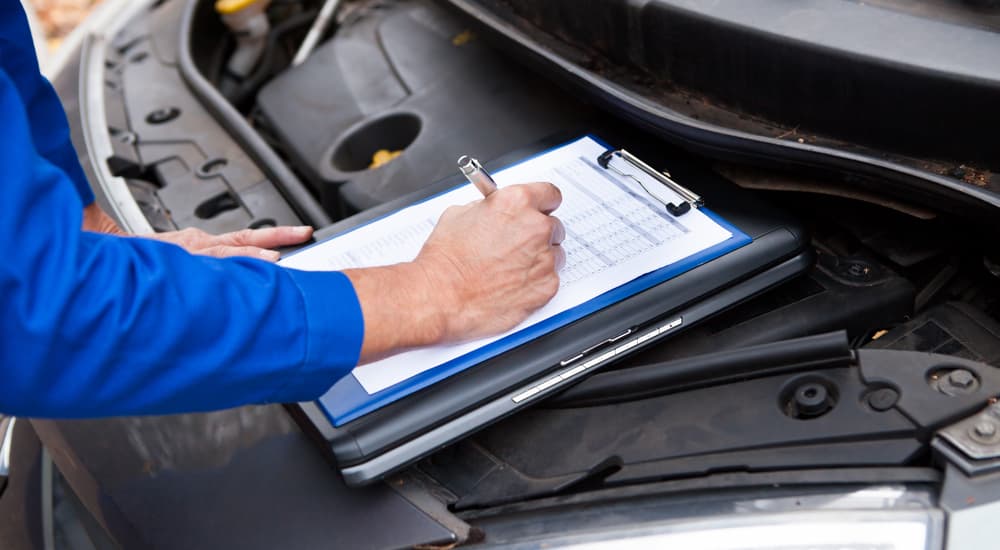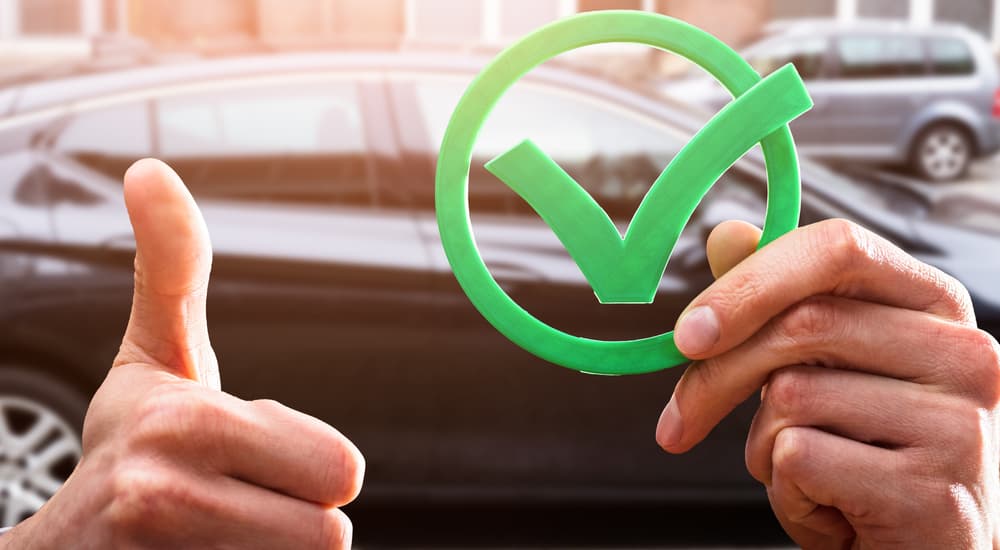When you’re shopping for used cars for sale, many dealerships will promise that the vehicle you’re interested in comes with the Carfax report. You’re supposed to take a lot of comfort in this because it’s basically the rap sheet for your vehicle. It’s like running a background check on a car before deciding to buy it. It is not advisable to purchase a used car without checking out the Carfax report, in the same way you wouldn’t hire an employee without running a background check. But does the Carfax report tell you everything you need to know? Almost, but no, not everything. That’s why it’s important to get a detailed inspection with a mechanic you trust, in addition to reviewing the Carfax report.
A car is a major purchase. Once you’ve taken over the title, there’s no going back, so it’s important to know what you’re getting yourself into. Remember, a “great deal” is only a great deal if the vehicle is in great condition. If you accidentally buy a bad car, any money you spend on it is wasted. Here’s a look at what you get with a Carfax report and what you don’t.
The Six Sections of the Carfax Report
There are six main sections in a Carfax report, designed to give you a broad overview of the vehicle, as well as an in-depth look at certain areas. These six sections are as follows:
History-Based Value. Many sellers will tell you the estimated value of a vehicle based on factors like the make, model, year, and mileage. However, there is so much more that goes into a vehicle’s value than those factors. Two 2017 Honda Accords with 70,000 miles on them are not created equal. Each one has a unique history that impacts its value.
The History-Based Value section also considers how the vehicle was used, any accidents it’s been in, any open recalls, how many owners it’s had, and other factors. All those factors come together to give you a more accurate value for the vehicle.
Vehicle Overview. The vehicle overview covers the basics, including make, model year, trim, powertrain, body style, and vehicle identification number (VIN). This can be a helpful reality check, just to make sure that a Jeep Wrangler advertised with a 6.4L V8 under the hood doesn’t actually have a 3.6L V6 and a manual transmission. The information in this section is linked directly to the VIN, not the dealer’s information, so it is good to make sure they match.
Ownership History. This section goes into more detail than the History-Based Value section about the car’s ownership history. You’ll learn how many owners the vehicle has had, exactly when and where it was sold each time it exchanged hands, how many miles each owner drove it, and the type of use (personal, commercial, rental, etc.)
Why is ownership history important? A vehicle that was driven for Uber has had a rather different history, and has possibly undergone more abuse, than one driven solely for personal use. A vehicle that used to be a rental has been driven by hundreds of drivers. Some might have been good drivers, and some might not have been. This is important information for you to have before buying a vehicle.
Title History. This is a critical part of the Carfax report where you’ll see if the vehicle has ever been totaled, suffered flood damage, fire damage, or other serious damage that might have triggered a title defect. Flood damage, in particular, is worth staying away from, because unless the entire wiring harness has been replaced, that car will likely suffer from electrical problems for the rest of its life. Not only may you not want a car that has previously suffered this kind of damage, but you may also have problems registering and insuring it.
Additional History. This is where you get into the nitty gritty: the accident history. Ideally, any seller listing this vehicle has repaired it and returned it to working condition. Still, you’d probably like to know if a vehicle has been in an accident. Even if the seller claims it’s been completely repaired, your mechanic will know what sorts of issues could arise from the nature of the accident. They can double-check that it has been returned to good condition. This part of the report will also show you if the vehicle is still under warranty and if any open recalls haven’t been addressed. Open recalls may not be a showstopper in themselves, since a dealer will still make the repairs at no cost to you, but it could be a sign that previous owners neglected the car. If they did not have the recalls addressed, who knows what else they didn’t address, like regular maintenance. When it comes to determining whether or not the vehicle is safe to drive, this section tells you a lot.
Detailed History. This section provides a detailed timeline of all of the events listed above. It is a chronological list of the vehicle’s owners, accidents, damage, service visits, location, usage type, and more.
Where Does Carfax Get Its Information?
Carfax gathers its information from thousands of sources. State departments of motor vehicles tell where and when a vehicle was registered. Law enforcement agencies keep public records of accident reports. Insurance companies can tell how bad the damage was and whether the vehicle was repaired or totaled. Dealers and auto auctions tell when and where a vehicle was bought or sold. Dealers and service centers also tell when repairs and maintenance were performed on the vehicle.
What Does the Carfax Report Not Tell You?
While a Carfax report certainly provides you with a great deal of useful information, it might not report everything.
Owners/Drivers. You probably have owned cars you allowed others, like roommates, spouses, an employee, or family members to drive. Knowing all previous owners doesn’t mean that you know all previous drivers. That’s especially true if a vehicle was previously used for rental purposes. There is no way a rental company could possibly list every renter as the “owner” of the vehicle, capturing their entire profile and driving history. Not all drivers treat vehicles the same, and since you can’t possibly know everyone who drove the vehicle, it’s important to have it inspected to check for unforeseen wear and tear.
Unreported accidents. In an ideal world, people would call the police each time a minor fender bender occurred so that everything was on the record. However, people don’t always alert the police or their insurance company of an accident. Sometimes, drivers get in an accident that leaves no visual damage, so they assume there is no internal damage and don’t report it. Accidents without visual damage can still cause internal damage that can decrease the vehicle’s value or safety.
Engine or transmission defects. In some cases, information about engine or transmission defects is only shared at dealer-only auctions but is not passed onto Carfax. The legality surrounding withholding this information varies from state to state, but if you learn the vehicle was acquired at a dealer-to-dealer auction, have a trusted mechanic perform an in-depth inspection before buying the vehicle.
Is a Carfax Report Enough?
It’s possible that any used vehicle you’re looking at doesn’t have a completely accurate Carfax report. However, that doesn’t mean that Carfax reports aren’t useful. In fact, they’re very insightful and provide a great deal of information that will help you decide whether to buy a particular vehicle. Just remember the potential gaps in the information a Carfax report provides. It’s always a good idea to have a trusted mechanic look at the vehicle before purchasing. If any seller is trying to discourage you from doing so, run for the hills.
In the end, you need to use your best judgment. You might prefer to find a vehicle that hasn’t been used as a rental car or never suffered flood damage, just in case your mechanic missed something. You know what vehicle history you’re most comfortable with, so trust your instincts, even after reviewing the Carfax report and meeting with a mechanic.






